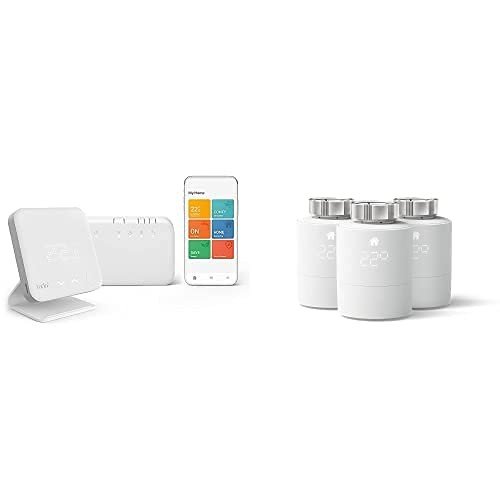Decorative Lighting in the UK: A Comprehensive Guide
Over the last few years, decorative lighting has taken centre stage in interior decoration throughout the UK. Property owners and designers alike are significantly recognising the value of lighting not just for functionality, but likewise for aesthetic appeals. This post looks into the different kinds of decorative lighting offered, the most current trends in the UK market, and useful tips for picking and setting up the ideal lighting to enhance various spaces in homes.
Understanding Decorative Lighting
Decorative lighting incorporates a broad variety of lighting fixtures that serve to boost the appeal of an area while also offering illumination. This type of lighting includes a touch of style, character, and warmth to environments, developing state of minds and highlighting architectural functions. The essential distinction in between decorative lighting and other kinds of lighting, such as task or ambient lighting, is that decorative lighting mainly intends to create visual appeal.
Kinds Of Decorative Lighting
There are numerous types of decorative lighting that homeowners can pick from, including:
- Chandeliers: Often the centerpiece of dining locations or grand entrances, chandeliers are intricate lights with multiple bulbs and artistic styles.
- Pendant Lights: Suspended from the ceiling, pendant lights are offered in different designs, making them suitable for kitchens, dining areas, or living rooms.
- Wall Sconces: Mounted on walls, these fixtures can supply ambient lighting or spotlight particular areas, such as art work or architectural information.
- Table Lamps: Used on night table, desks, or side tables, they can range from minimalist styles to elaborate artistic pieces.
- Floor Lamps: These flexible fixtures can fill empty corners while offering both ambient and job lighting.
- Fairy Lights: String lights or fairy lights include a whimsical touch to both indoor and outdoor spaces, ideal for developing a welcoming environment.
- Neon Signs: An emerging trend, neon signs include a modern, city style and are popular for home bars, video games spaces, and individual spaces.
Current Trends in Decorative Lighting
The UK lighting market has experienced a number of developing patterns that show consumer choices and advancements in technology. A few of the popular patterns consist of:
- Sustainable Lighting: Eco-friendly alternatives, such as LED lighting, are increasingly favoured for their energy performance and lower carbon footprint.
- Smart Lighting: Integration of smart innovations allows property owners to manage their lighting through smart devices or voice assistants, providing benefit and flexibility.
- Vintage and Industrial Designs: The rustic beauty of vintage and industrial styles stays in vogue, as they can easily blend with both modern and traditional interiors.
- Geometric Shapes: Light fixtures featuring vibrant geometric shapes add to a contemporary visual that interest modern homeowners.
Selecting the Right Decorative Lighting
When choosing decorative lighting, it is necessary to consider the following aspects:
- Purpose: Determine the main purpose of the lighting. Is it to produce an inviting environment, highlight artwork, or provide practical lighting for activities?
- Style: Carry out research study to ensure that the picked lighting complements the existing design and reflects individual style preferences.
- Size: Consider the scale of the area. Large fixtures can overwhelm little spaces, while small alternatives might appear lost in bigger locations.
- Placement: Think seriously about where the fixtures will be installed, guaranteeing they are accessible and efficiently light up the designated locations.
- Energy Efficiency: Opt for energy-efficient LEDs whenever possible to save money on energy expenses and contribute to sustainability.
Installing Decorative Lighting
When decorative lighting choices have been picked, correct installation is essential to attaining the desired effect. Here are some standards to follow:
- Mounting Height: Ensure that chandeliers and pendant lights hang at a suitable height. They must supply ample light without blocking views or motion.
- Layered Lighting: Incorporate various layers, including job, ambient, and decorative lighting, to develop balance and depth within a space.
- Dimmers: Installing dimmer switches can provide versatility in changing light intensity based upon activities and state of mind.
- Professional Assistance: For complex installations, it may be useful to employ a professional electrician to guarantee security and compliance with regional regulations.
Decorative lighting offers a fantastic opportunity for property owners in the UK to reveal their style while improving the performance of their areas. With a range of options available, careful consideration of factors such as design, size, and placement can cause spectacular outcomes. As patterns continue to progress, individuals can remain on the cutting edge of decorative lighting design.
Frequently Asked Questions (FAQs)
Q: What is the distinction in between decorative lighting and ambient lighting? Read the Full Article : Decorative lighting is mostly focused on aesthetic appeal, while ambient lighting provides general illumination for a space. Q: How can I choose the ideal size chandelier for my dining room?A: A common guideline is to add the measurements of the room(
in feet)and use that number as the diameter of the chandelier(in inches ). Q: Are LED lights appropriate for decorative lighting?A: Yes, LED lights are commonly utilized
due to their energy performance, long lifespan, and ability to come in different designs. Q: Is it needed to consult a professional for installation?A: While some setups can be done DIY, it's recommended to
speak with an expert for intricate setups to ensure safety and
compliance. Q: What products are popular for decorative lighting fixtures in the UK?A: Common products include glass, metal, fabric, and wood, each contributing to different designs and aesthetics. By understanding the various types of decorative lighting available, remaining informed about the most current trends, and following essential standards for selection and installation, anyone can change their home into stunning sanctuaries of light.

